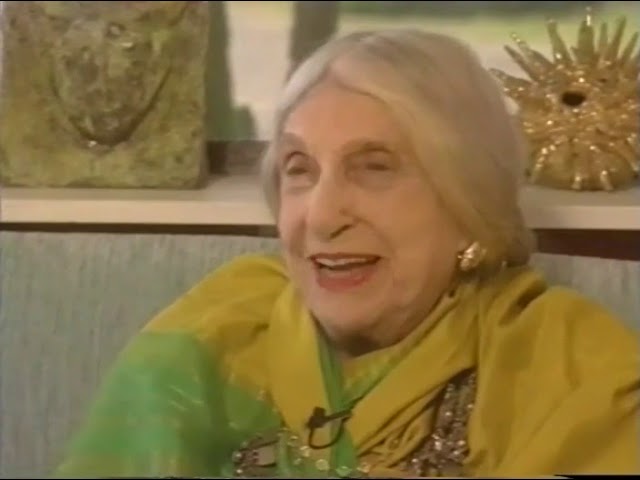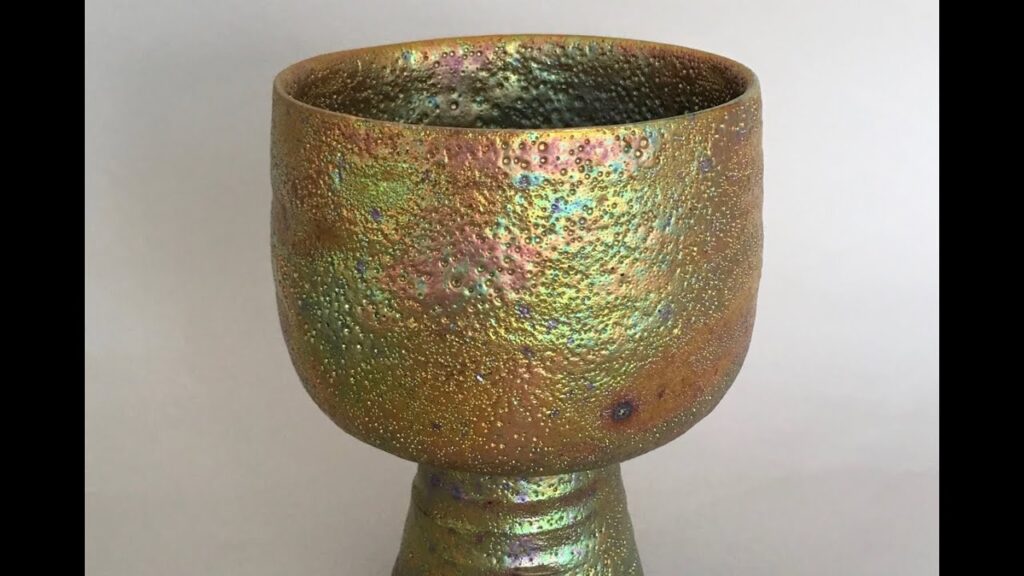VIDEOCERÁMICA # BEATRICE WOOD was born in San Francisco in 1893 and passed away in Ojai, California nine days after her 105th birthday on March 12, 1998. She attributed her longevity to "young men and chocolates."
Wood sspent time in Paris during her late teens. Studying art briefly at the Academie Julian, she was soon attracted to the stage and moved to the Comedie Francaise. She returned to the United States in 1914 and joined the French Repertory Theater in New York. While visiting the French composer Edgar Varese in a New York hospital in 1916, she was introduced to Marcel Duchamp. She soon became an intimate friend of the painter and a member of his recherche culturelle clique, which included Francis Picabia, Man Ray, Albert Gleizes, Walt Kuhn, and others. As a contributor to Duchamp's avant-garde magazines, Rogue and the Blindman, she produced drawings and shared editorial space with such luminaries of the day as Gertrude Stein. In 1933, after she purchased a set of six luster plates in Europe, she returned to America and wanted to produce a matching teapot. It was suggested that she make one at the pottery classes of the Hollywood High School. Of course, she would later laugh about that weekend and reminisce about how foolish she was in thinking she could produce a lustre teapot in one weekend. But she was hooked. She began to read everything she could get her hands on concerning ceramics. Around 1938 she studied with Glen Lukens at the USC, and in 1940 with the Austrian potters Gertrud and Otto Natzler. She remembers being "the most interested student in [Lukens's] class and certainly the least gifted…." "I was not a born craftsman. Many with natural talent do not have to struggle, they ride on easy talent and never soar. But I worked and worked, obsessed with learning." From that time on, Wood developed a personal and uniquely expressive art form with her lusterwares. Her sense of theater is still vividly alive in these works, with their exotic palette of colors and unconventional form. In 1983 the Art Galleries of California State University at Fullerton organized a large retrospective of the artist's sixty-six years of activity as an artist. Remarkably, it was during the artist's nineties that Wood produced some of her finest work including her now signature works, tall complex, multi-volumed chalices in glittering golds, greens, pinks and bronzes. Until shortly before her death she was producing at least two one-woman exhibitions a year and the older she became, the more daring and experimental her work was.
Wood received numerous honors. She was given the Ceramics Symposium Award of the Institute for Ceramic History in 1983 and the outstanding-achievement award of the Women's Caucus for Art in 1987, the year she was made a fellow of both the National Council on Education for the Ceramic Arts and the American Craft Council which also gave her the gold medal on her 100th birthday. She also received the Governor's Award for Art in 1994, and was made a "living treasure of California" by the state in 1984. Wood took part in hundreds of exhibitions both solo and group since the 1930's ranging from small craft shows, to showing on the Venice Biennale. From 1981 until her death, she was represented by the Garth Clark Gallery. In 1990, her close friend and art historian Francis Naumann organized a major retrospective of her figurative work which appeared at the Oakland Museum and The Craft and Folk Art Museum in Los Angeles. In 1997 the American Craft Museum organized "Beatrice Wood: A Centennial Tribute," a touring exhibition. In 1985 Wood published her autobiography, I Shock Myself . She continued to write, publishing many books. In 1993 she was the subject of an award winning film Beatrice Wood: Mama of Dada by Lone Wolf Productions.
Beatrice Wood continued to throw on the wheel until June, 1997. She achieved some of her best lustre works in the 90s. Her last figurative work, "Men With Their Wives" was completed in December 1996 and is currently in a private collection in California.










